The laboratory test includes the following parameters
Range
The range is measured in the laboratory's test ramp with a load corresponding to a person weighing 90 kg. The test is performed both in a six percent counterslope and on a flat surface. In an incline, a pedal force corresponding to 100 Watts and 70 Watts on a flat surface are simulated. The pedaling speed (cadence) was set to 60, i.e. 60 revolutions per minute. The tests are done with maximum electrical assistance (maximum support) and minimum electrical assistance (lowest support).
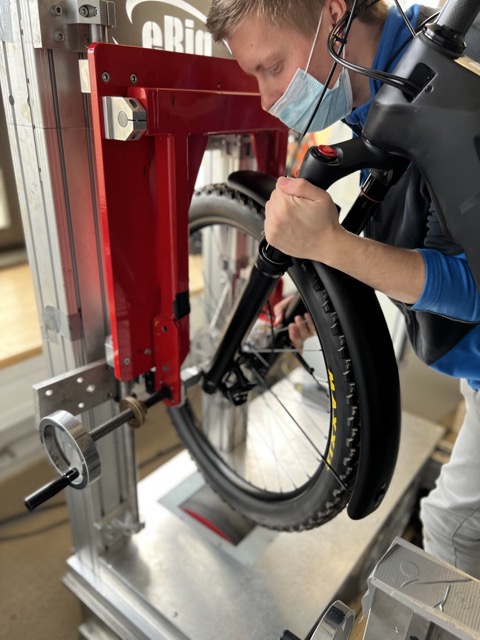
The range metrics give a good idea of the differences in performance between the bikes. What affects the result is the support from the motor, the capacity of the battery, the efficiency of the motor and the mechanical inertia, i.e. how much power is lost between the pedal stroke and what is produced on the rear wheel.
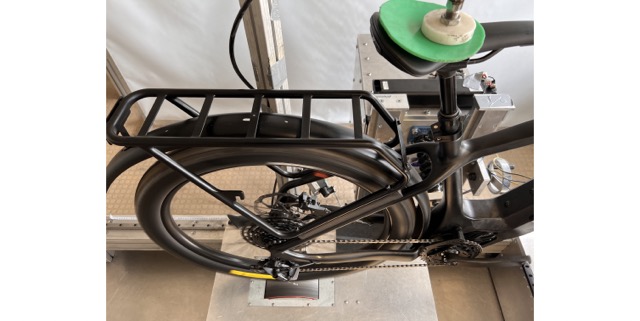
How far you get in real conditions depends on a variety of factors such as wind conditions, how evenly you pedal, what the topography of the road looks like, how much support you choose and how much you weigh.
In our rating of range, we weigh together the results of range and how much support the engine provides. The bikes that provide relatively high support in all power modes consume more battery capacity, but you also cycle faster with the same pedal force because you can use a higher gear.
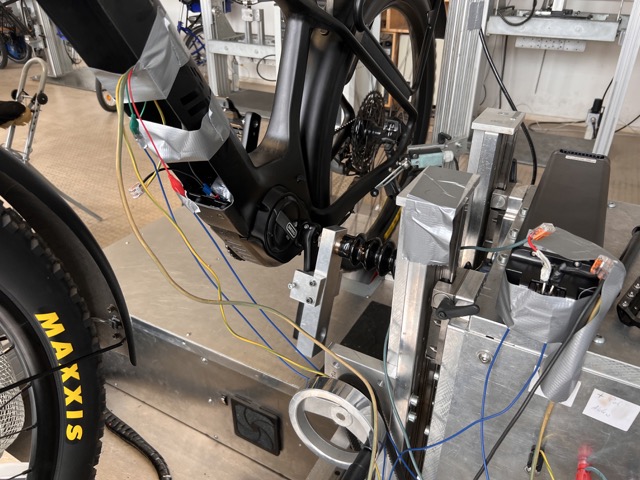
Support factor (engine assistance)
How much of the total power on the rear wheel is provided by the electric motor. If you pedal yourself with a power of 100 W and your electric motor has a support factor of 2, the motor will deliver 200 W in addition to your 100 W. If instead you have a support factor of 0.5, the motor will only provide 50 W when you pedal with your 100 W. Measurement of support factor is done at a pedaling power of 100 W and cadence 60 at maximum support (electric assistance).
The support factor can normally vary on a modern e-bike and you can choose how much help you want from the motor. How much support you need is of course individual, but with too little support it becomes difficult on uphills, and it is especially so when you want help from the e-bike's motor.
Technical performance
Technical performance is above all about the bicycle's ability to take advantage of pedaling power, i.e. how much of the power you pedal with reaches the rear wheel or the road. The power from the pedals is transmitted to the rear wheel via pedals, chain, gear mechanism and ball bearings which together create a mechanical resistance. All moving parts contribute friction which is converted into heat in the end and reduces the power in the system. When you pedal your bike, your leg muscles deliver a certain effect or force. Some of that effect is lost in the form of friction before it reaches the rear wheel of the bike. In our measurements, we deliver a certain force to the pedals and measure how much of this has been lost on its way through the sprocket, chain and bearing and to the rear wheel.
The second part of technical performance is about how the bike is adapted to current legal requirements. To be classified as an electric bicycle, the motor power must be a maximum of 250 W and the motor must only amplify the pedaling. The motor may only provide power when pedaling up to a maximum speed of 25 km/h (+/- 10%) . At 25 km/h, the e-bike's motor should no longer provide any support.
Brakes
The bikes' braking power is tested in the laboratory's test ramp with both dry and wet brakes in accordance with the official standard.
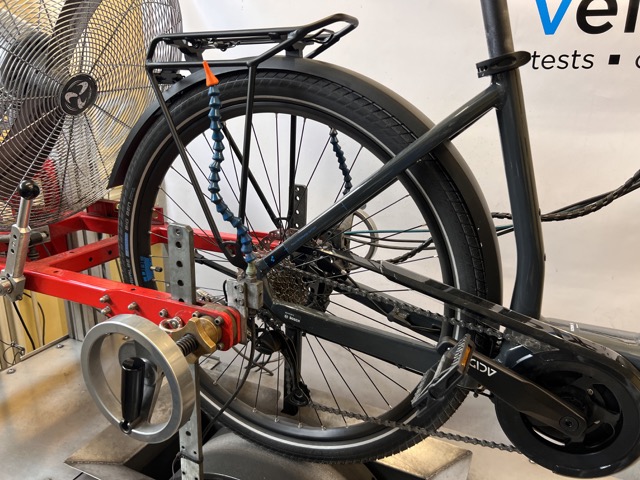
The hand brakes are activated with a force of 80 N and the foot brakes with a force of 200 N. The braking effect is tested with the maximum weight specified for the bicycle (bicycle + rider + load).
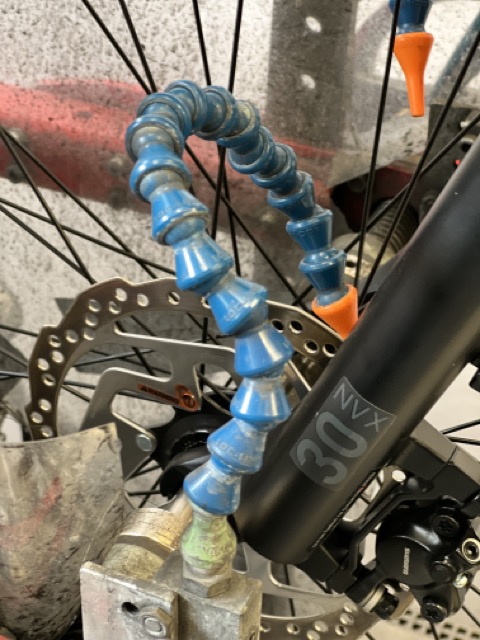
Driving characteristics
A user panel consisting of specialists and experienced cyclists connected to the laboratory has practically tested and test-ridden the bikes to evaluate, among other things, the following aspects:
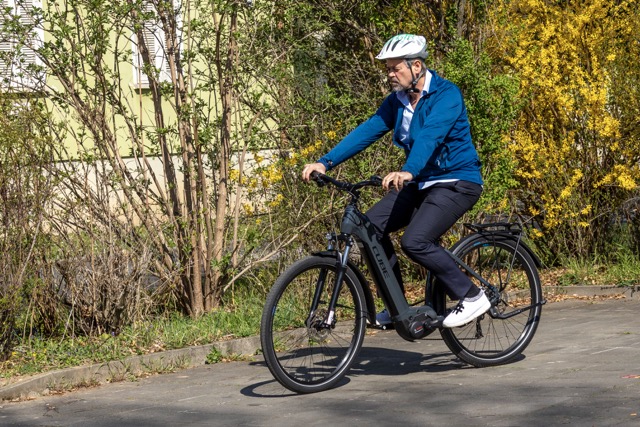
The electric motor's support and flexibility when starting and stopping
Strong braking and starting uphill
Start with and without support from the electric motor
Balance, maneuverability and comfort
Vibrations and stability
The function of the gears
The design and ergonomics of the handles
The laboratory also assesses the display's information (in standard mode) and readability, as well as how easy it is to remove, charge and attach the battery.
Finally, the laboratory also examines the bicycle's equipment in standard design as well as labeling and documentation.
Grading
The results from the laboratory test will be graded and weighted together into a total grade in consultation with the laboratory. The rating is on a scale from 1 to 10, where 10 is the best.
The grades from the various parts are weighted together into a total grade as follows:
Reach and support 40%
Brakes 20%
Driving characteristics 20%
Technical performance 20%

